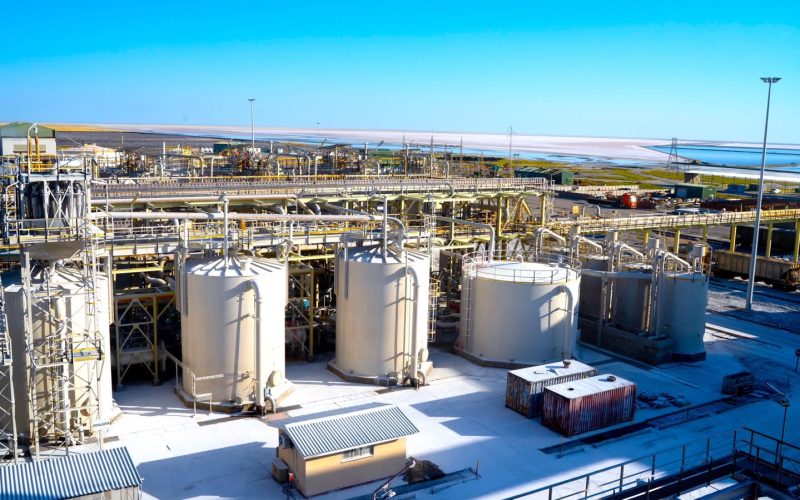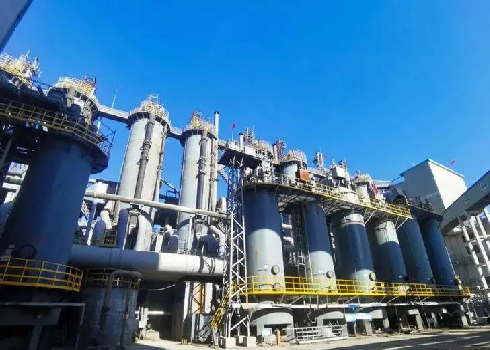Beyond the Product: Industry Insights from a Sodium Sulfate Anhydrous Manufacturer
In the global industrial trade, the transaction of Sodium Sulfate Anhydrous has evolved beyond a simple purchase order. When you select a supplier, you are choosing not just a product, but a partner’s perspective, deep-seated expertise, and problem-solving capabilities. As a manufacturer with years of industry experience, we believe our role extends far beyond delivering bags of a white powder. We aim to share insights that go beyond the technical data sheet—knowledge that can optimize your processes, reduce costs, and bring tangible value to your business.
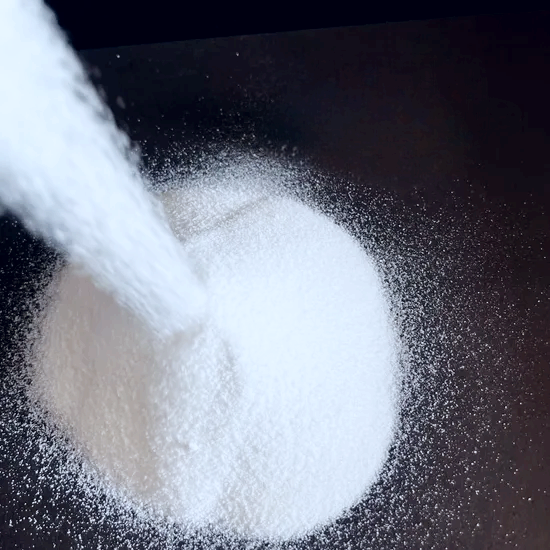
This article delves into the nuanced applications and emerging trends that define the modern use of this versatile chemical.
1.In-Depth Application Analysis: The Unseen Process Details
Understanding the fundamental science behind your raw materials is the first step toward optimization. Here’s a closer look at how this essential chemical functions in two key industries.
Nuances in the Dyeing Industry: Why “Concentration” is Key
In the textile dyeing industry, Sodium Sulfate is widely recognized as a leveling agent. But its effectiveness is not a given; it hinges on surgical precision.
The Art of Charge Neutralization: Many anionic dyes have a naturally high affinity for textile fibers, which can lead to rapid, uneven coloring. The sodium cations (Na⁺) from this compound play a clever role. They preferentially bind to the negative sites on the fiber, effectively reducing the initial electrostatic attraction between the dye and the fiber. This temporary “blocking” action grants dye molecules more time to migrate evenly across the fabric, resulting in vibrant, consistent shades without patchiness.
Matching Concentration to Fiber: A one-size-fits-all approach does not work. Different fibers—such as cotton, linen, or silk—and various dye types require uniquely optimized concentrations. Too little may lead to poor leveling and streaky results. Conversely, too much is not only wasteful but can also salting out certain sensitive dyes, adversely affecting the final shade and fastness. Partnering with a knowledgeable Sodium Sulfate Anhydrous Manufacturer means you can get tailored advice on the optimal dosage for your specific process, ensuring quality and efficiency.
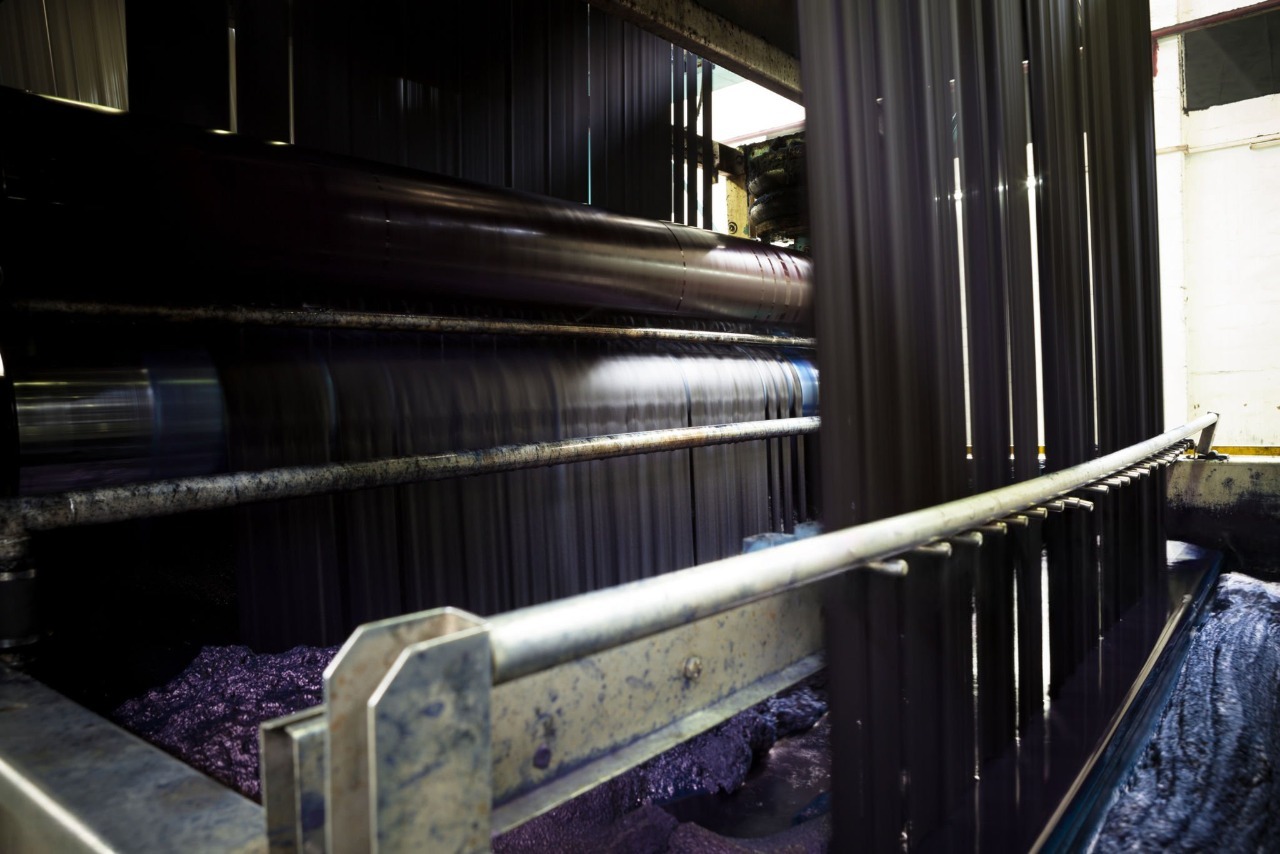
The “Secret” Role in Glass Manufacturing: Clarification and Energy Saving
It’s well-known that Anhydrous Sodium Sulfate acts as a fining agent in glass furnaces, releasing gases to eliminate bubbles from the molten glass. However, its other crucial role is often overlooked: significantly reducing melting temperature and energy consumption.
Fluxing Effect for Cost Savings: Also known in the glass industry as Salt Cake, this compound reacts with silica sand (SiO₂), forming a eutectic mixture that effectively lowers the initial melting temperature of the glass batch. This means your furnace can operate at a relatively lower temperature while achieving the same results. This directly translates into substantial savings in natural gas or electricity, reducing both your carbon footprint and production costs—a critical advantage in today’s competitive market.
Prevention of “Niter” and Furnace Longevity: Incorrect addition or the use of inferior quality sulfate can lead to the “niter” phenomenon. This occurs when undecomposed sulfate forms a highly corrosive liquid layer at the bottom of the furnace, damaging the refractory lining. We help customers avoid this costly risk and extend furnace life by providing consistently high-purity, uniformly-sized products, coupled with expert process guidance.
2.Exploring Emerging Trends: Staying Ahead of the Curve
A leading industrial chemicals supplier must look toward the horizon. Here are two emerging areas where Disodium Sulfate is playing a new role.
Lithium-Ion Battery Recycling: Challenge and Responsibility
With the explosion of the electric vehicle industry, lithium-ion battery recycling has become a rapidly growing market. In the hydrometallurgical recycling process, significant amounts of Sodium Sulfate are inevitably produced as a by-product during acid leaching and precipitation steps.
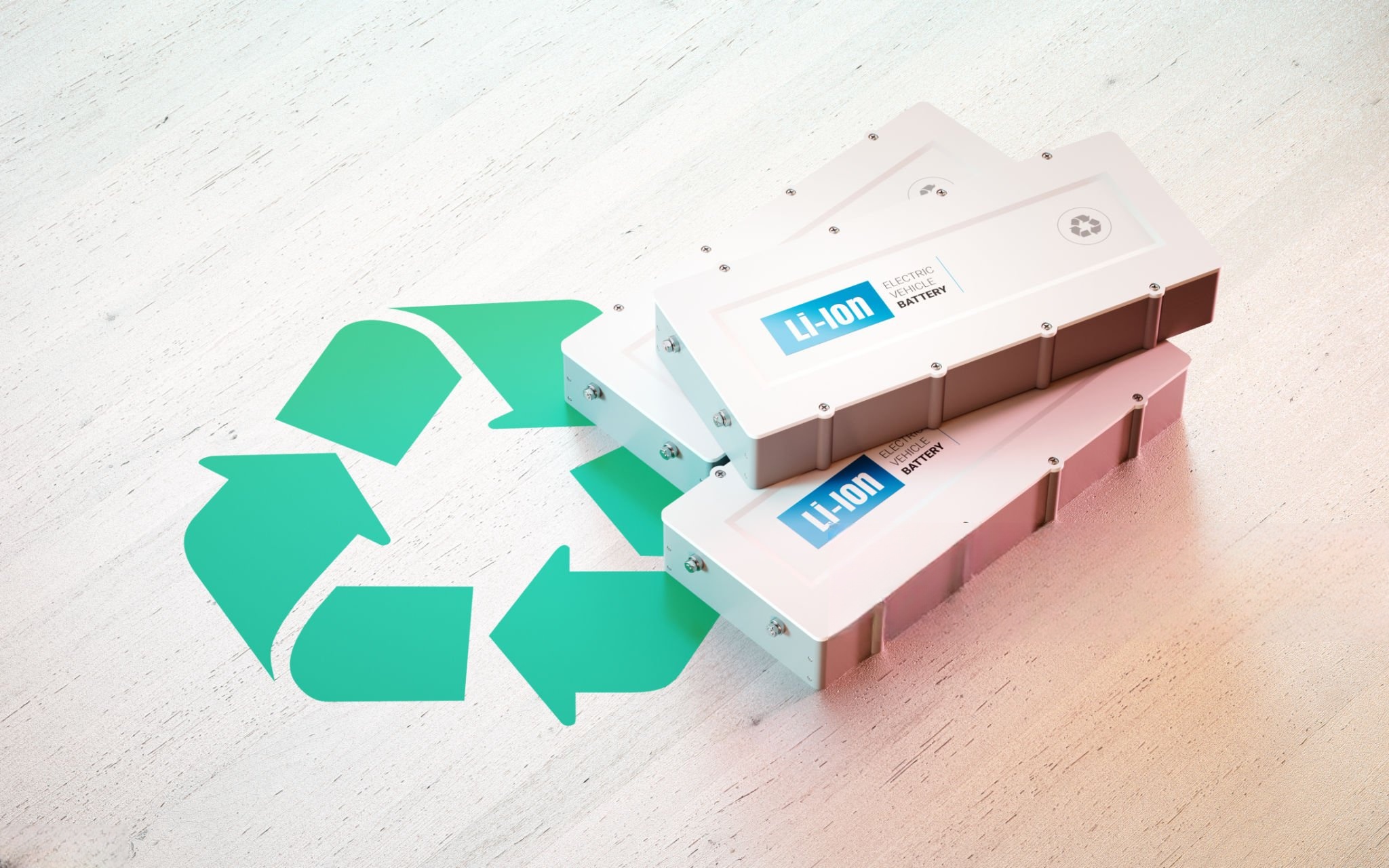
Our Insight: This presents both an environmental challenge, in managing the by-product sulfate, and a potential new supply source for the market. We are actively monitoring this field, committed to collaborating with recyclers to explore how this by-product sulfate can be efficiently purified and directed toward suitable applications, such as in detergents or common glass manufacturing. This proactive approach is key to advancing a true circular economy.
Applications in Construction Chemicals: A Hidden Growth Area
In dry-mix mortars and specialty cements, Anhydrous Sodium Sulfate is gaining traction as an efficient and economical accelerator.

Our Insight: It significantly increases the early strength of concrete or mortar by accelerating the hydration reaction of cement particles. This allows for faster demolding, shortening construction cycles—a particular advantage in low-temperature conditions where setting times are prolonged. For construction chemical companies seeking to enhance product performance and offer greater value to their clients, this is a compelling and cost-effective direction worth exploring.
3.Practical Advice for Our Customers
How to Choose the Right Specifications?
Your end product dictates the required specs. If you are a detergent manufacturer, high whiteness and consistent particle size are paramount for an attractive final product and excellent flowability in production lines. If you are a high-end glass producer, low calcium, magnesium impurities, and low iron content are non-negotiable for guaranteeing superior glass clarity and stability. Always define your sulfate specifications by starting with the performance requirements of your final product.
Best Storage Practices for Optimal Performance
Although “anhydrous” means it has a much lower hygroscopicity than its hydrated form, Glauber’s Salt (Sodium Sulfate Decahydrate), caking can still occur in extremely humid environments. To maintain the product’s optimal, free-flowing state, we recommend storage in a cool, dry, and well-ventilated warehouse. Always use pallets to isolate bags from the concrete floor, which can introduce moisture and lead to hardening.
4.Conclusion: Let’s Collaborate to Create Greater Value
We believe true partnership begins long before the product is delivered and extends far beyond the completion of a transaction. What we offer is not only a reliable supply of high-quality Sodium Sulfate Anhydrous but also a deep understanding of your industry and the technical expertise to help solve problems.
Contact us today, and let’s discuss how we can transform our industry insight into your lasting competitive advantage.

